Product Description
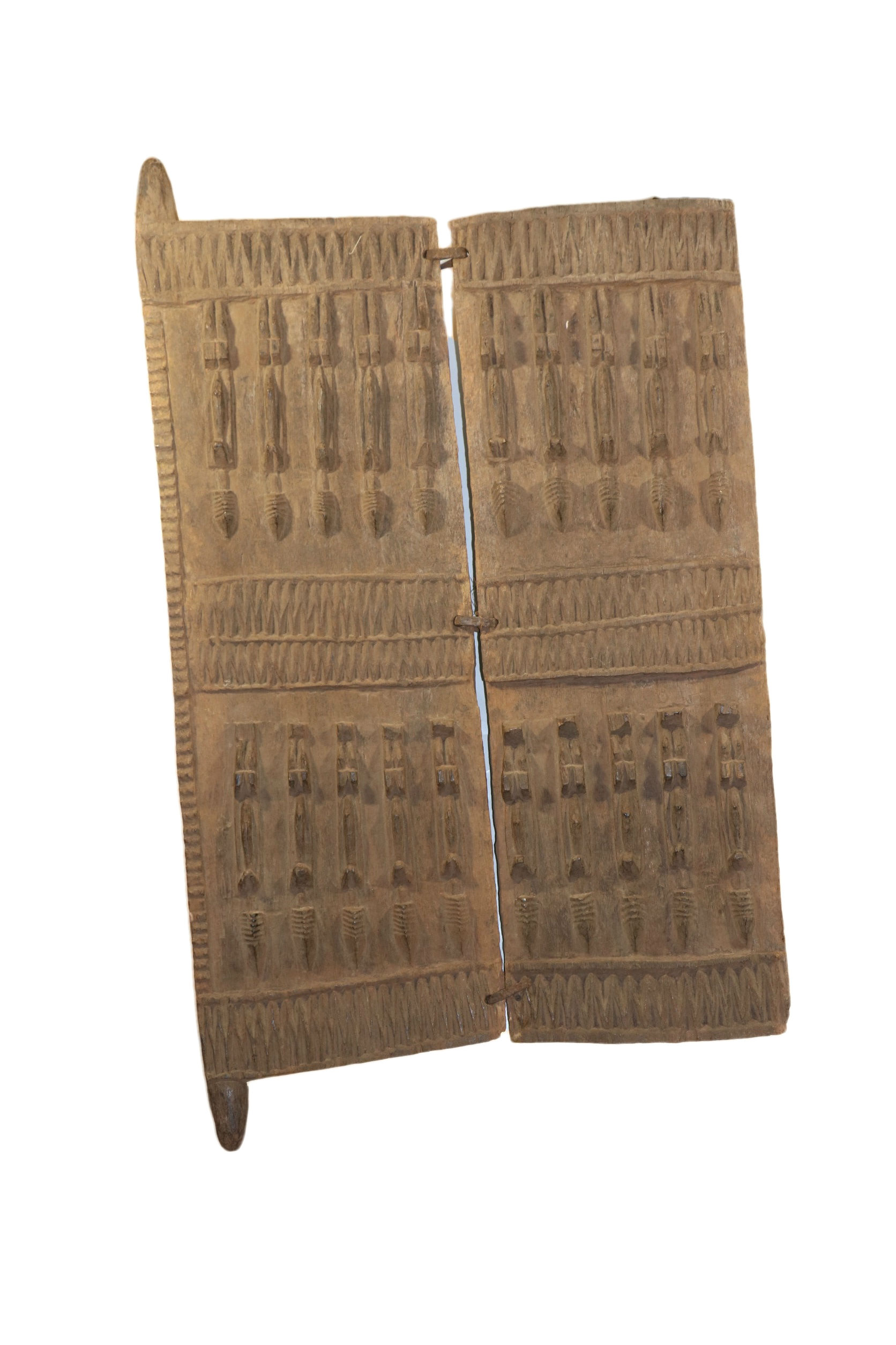

Ancestral Dogon Granary Door – Mali
This beautiful piece is a granary door made by the Dogon people of Mali. It was designed to seal off a ceramic and stone granary, which contained agricultural produce which would have sustained a large social group between harvests. Granaries were therefore of primary importance to the Dogon, as the family would have starved if rats or other animals had been able to enter the granary. It displays well and is a striking and attractive piece of secular African design.
Made of 100% wood.
Model is W 35 – H 49 and weight 1.5 kg.
Description
This beautiful piece is a granary door made by the Dogon people of Mali. It was designed to seal off a ceramic and stone granary, which contained agricultural produce which would have sustained a large social group between harvests. Granaries were therefore of primary importance to the Dogon, as the family would have starved if rats or other animals had been able to enter the granary. It displays well and is a striking and attractive piece of secular African design. It was excessively designed with ethnic attributes and symbols to ward off ill fortune.
The Dogon live on the Bandiagara Escarpment, Mali, a 150-mile-long eminence that supports a population of between 250,000 and 450,000. They moved to this area in the 15th century, escaping the Mande kingdom and slavery at the hands of Islamic groups, and displaced a number of tribes (including the Tellem and Niongom) that were living on the escarpment at the time. The Dogon have been described as the most studied and least understood tribal group in Africa. Their history, technology, cultural wealth, art and even oral legends are among the most involved in Africa, not least because the policy is in fact essentially artificial, comprising various sub-units that were grouped together on the basis of propinquity under the colonial administration.
They are excessively prolific in terms of artistic production, not least because they have mastered all the main materials that are used in traditional African art; figures in stone, iron, bronze/copper and of course wood are all known, in addition to cave/rock painting and adaptation of more modern materials. Furthermore, their social structures are extremely complex (and variable – see below) and are socially signaled through numerous material signaling systems. Their profound resistance to Islam, which once sought to enslave them, is striking in light of their comparative proximity and can be seen in their defiantly figurative artworks which are of course banned under Islamic law.
Additional information
| Weight | 1.5 kg |
|---|---|
| Dimensions | 35 × 49 cm |
| Color | |
| Material |
Leave a reply Cancel reply
Returns and Exchanges
There are a few important things to keep in mind when returning a product you purchased.You can return unwanted items by post within 7 working days of receipt of your goods.
- You have 14 calendar days to return an item from the date you received it.
- Only items that have been purchased directly from Us.
- Please ensure that the item you are returning is repackaged with all elements.
Ship your item back to Us
Firstly Print and return this Returns Form to:
30 South Park Avenue, San Francisco, CA 94108, USA
Please remember to ensure that the item you are returning is repackaged with all elements.
For more information, view our full Returns and Exchanges information.

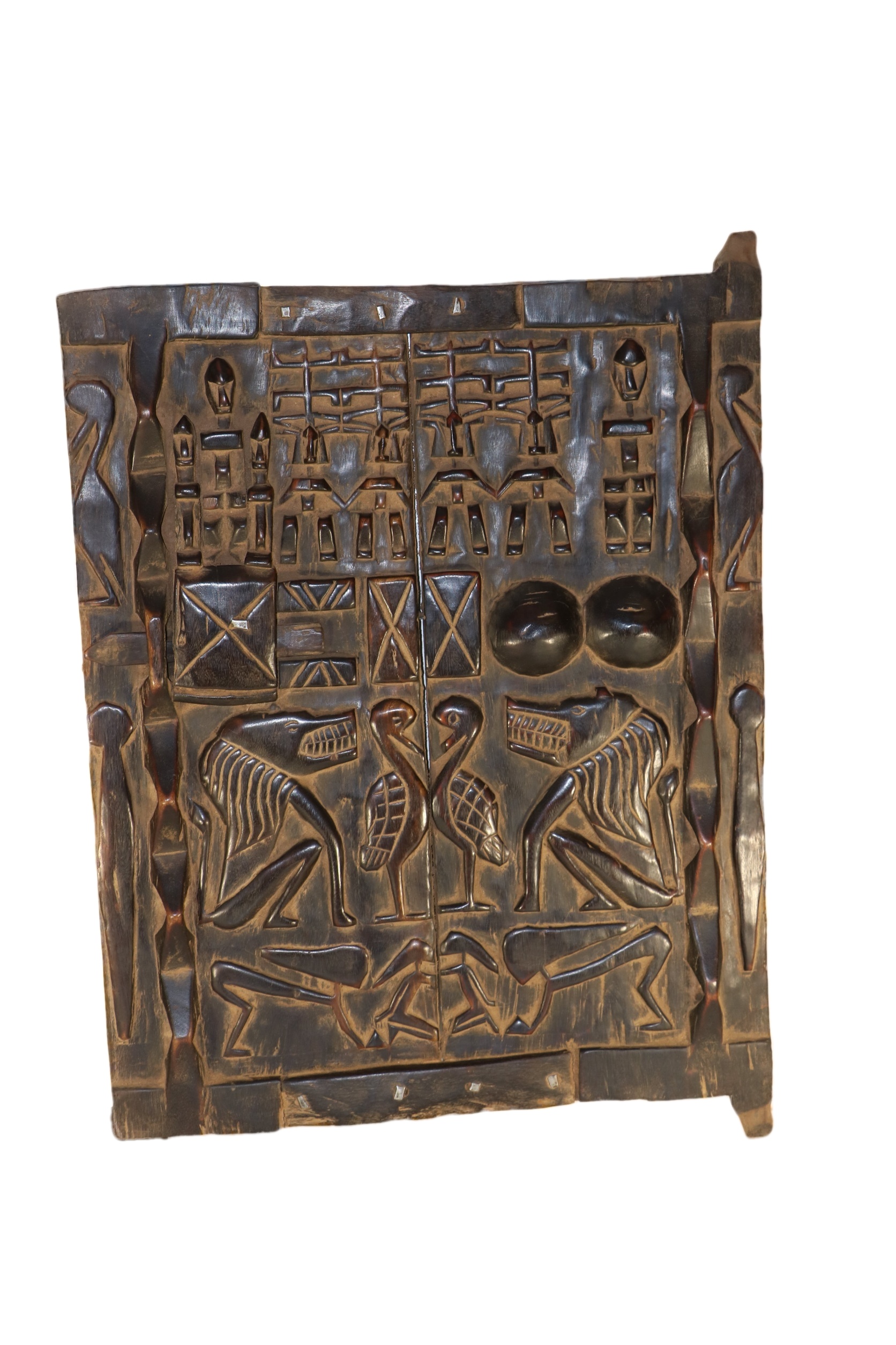


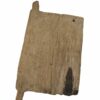
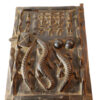
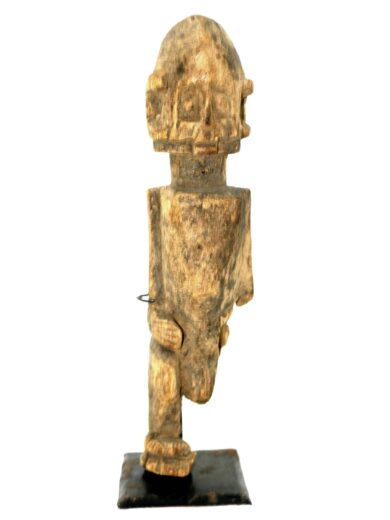
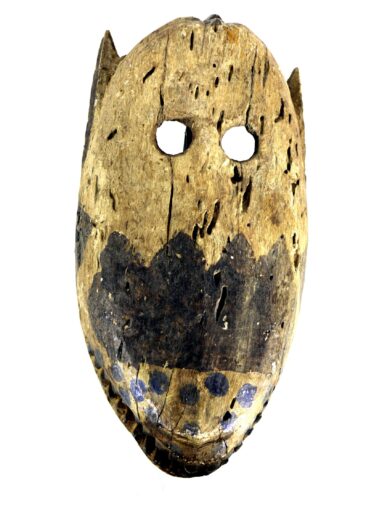
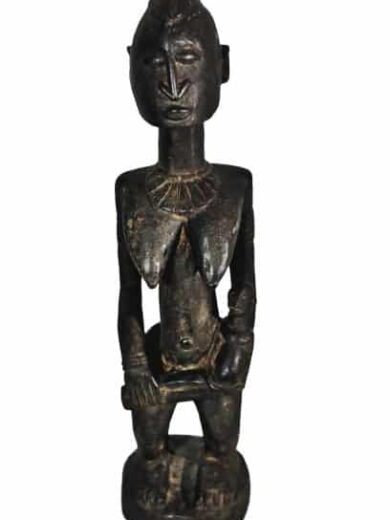
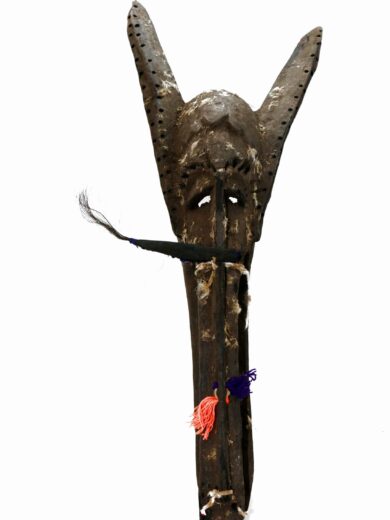

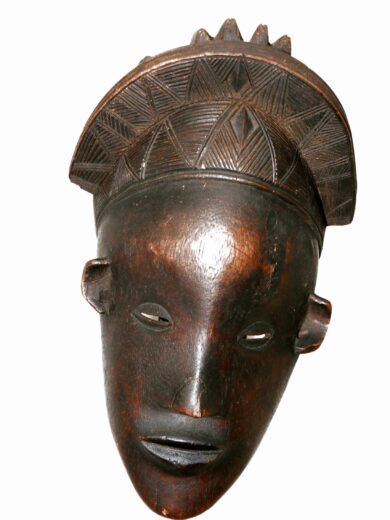
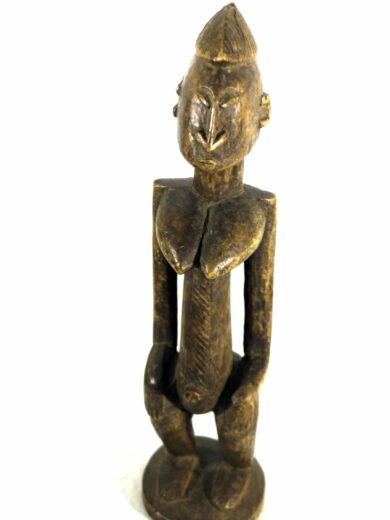
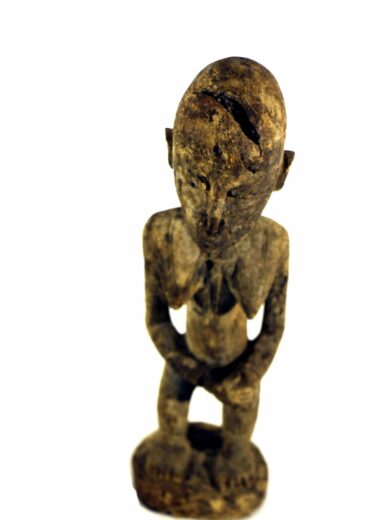
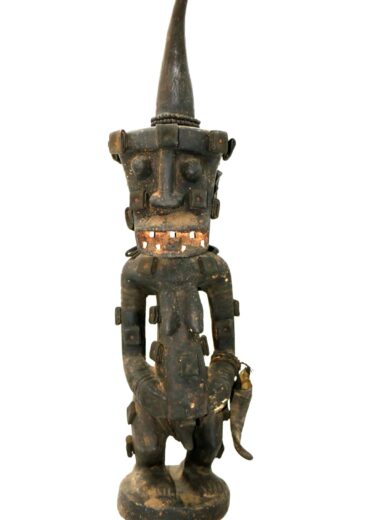

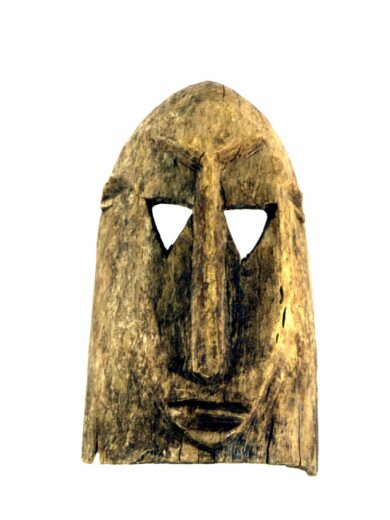
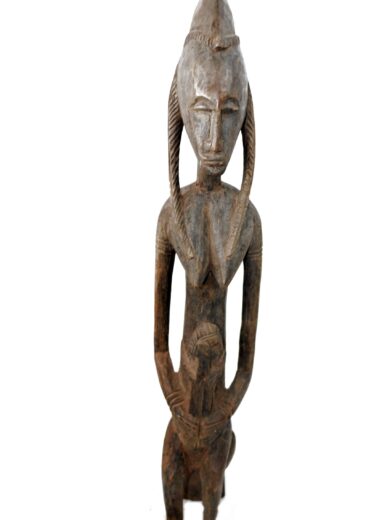


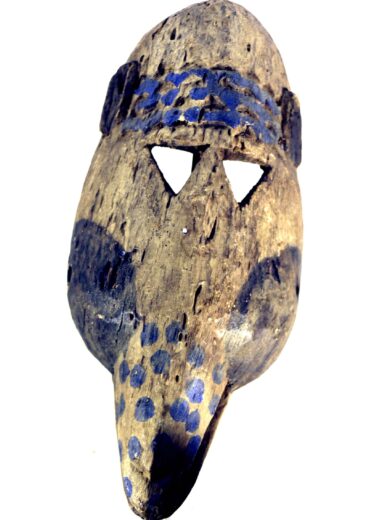
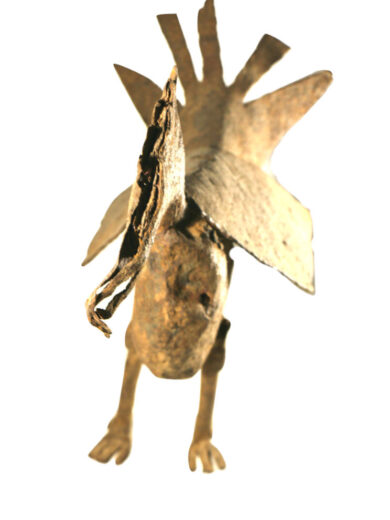
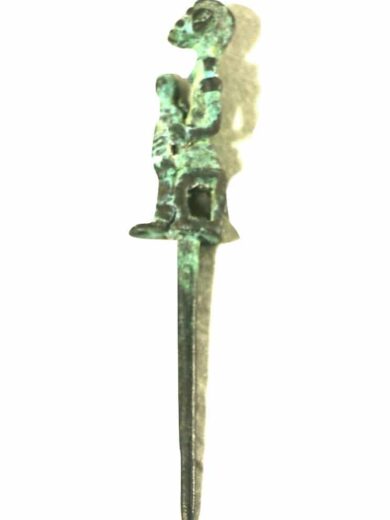
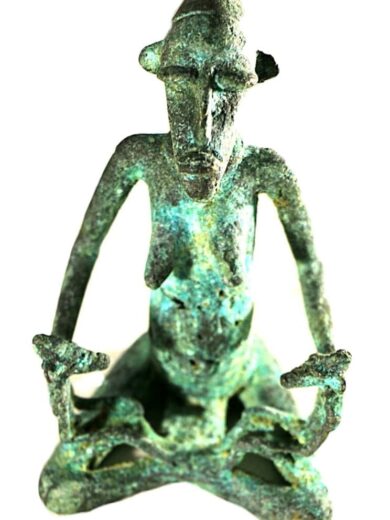
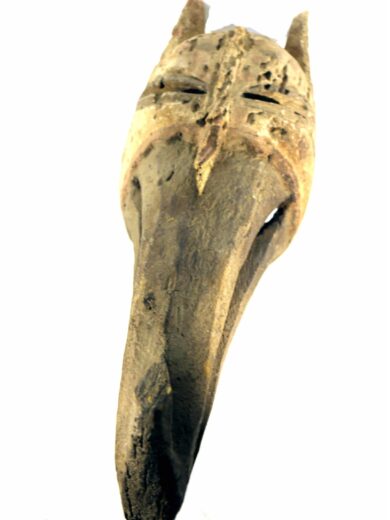
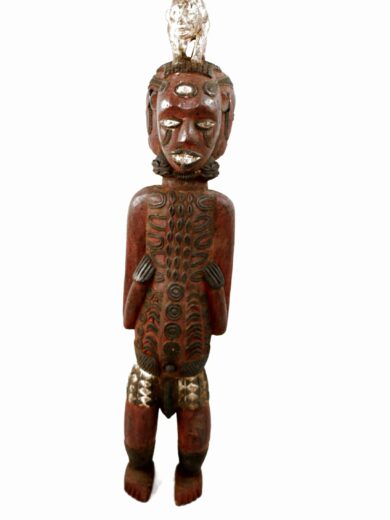
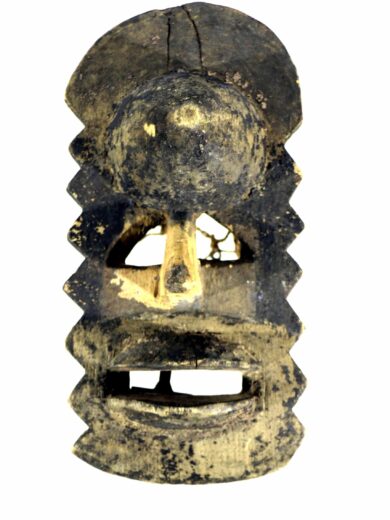
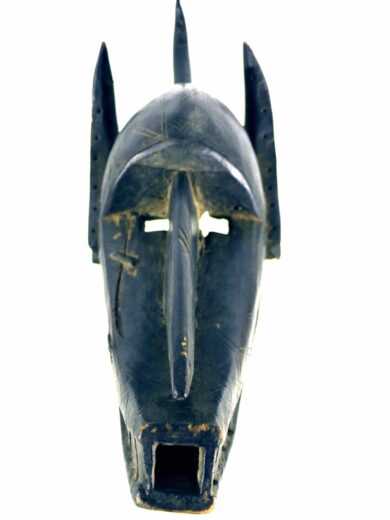
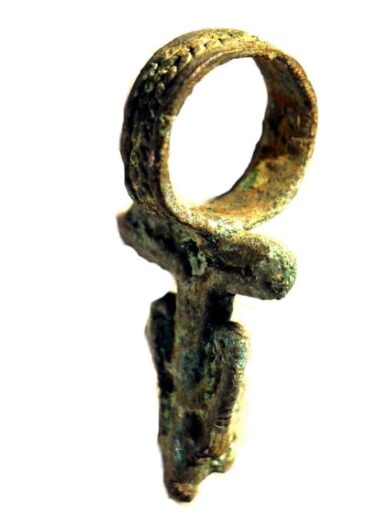

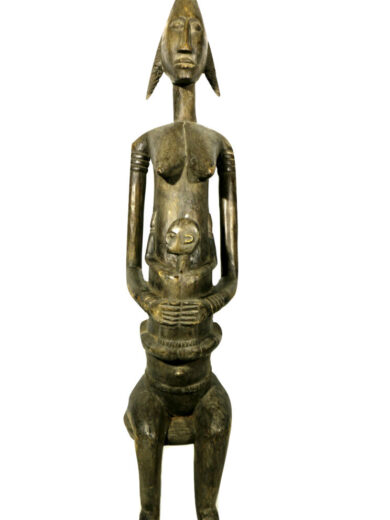

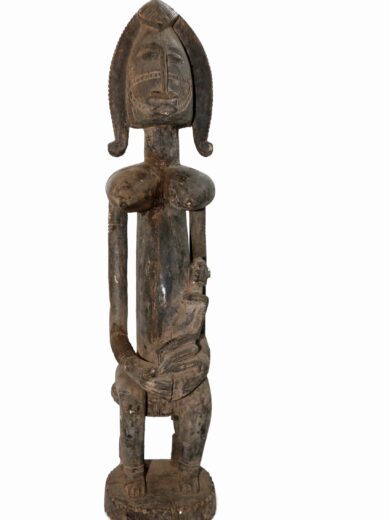

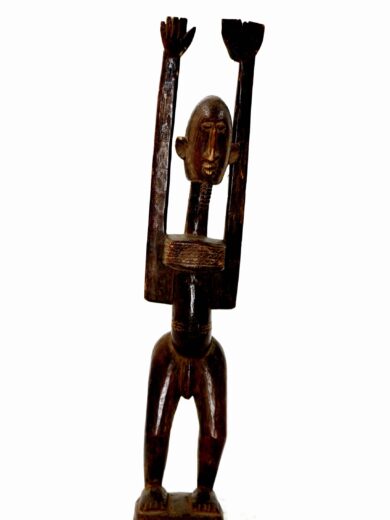

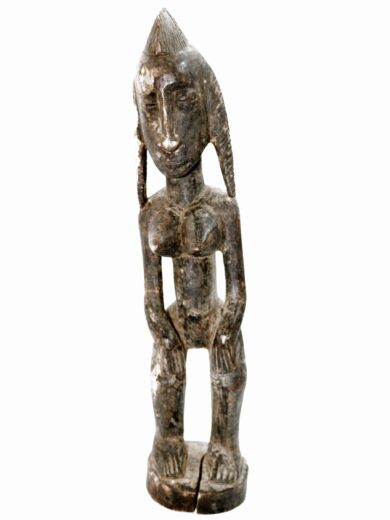

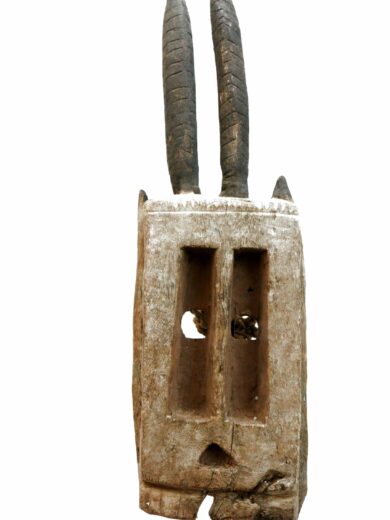

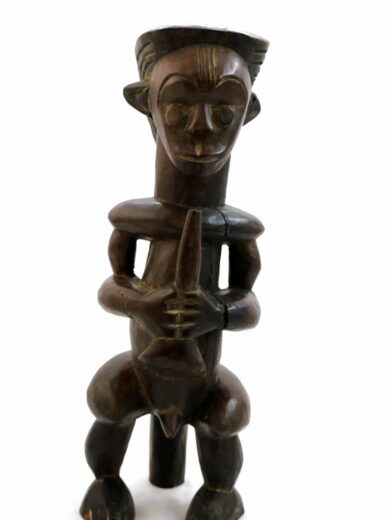
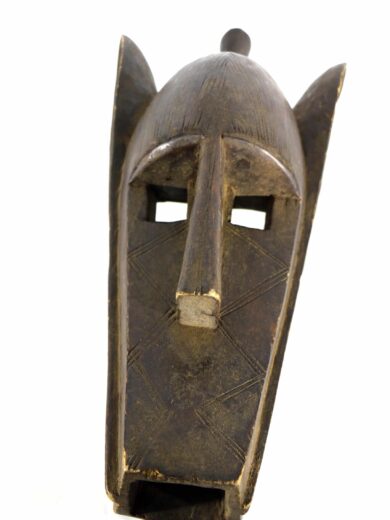
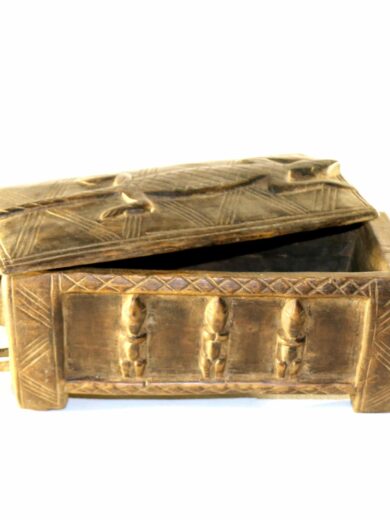
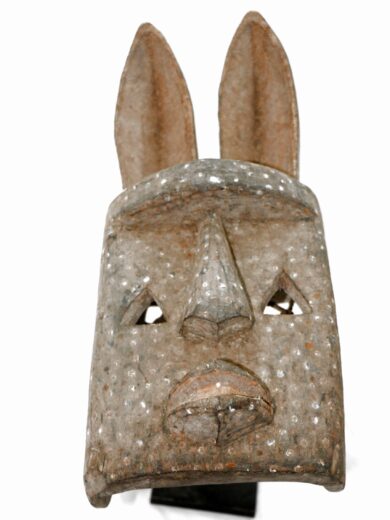
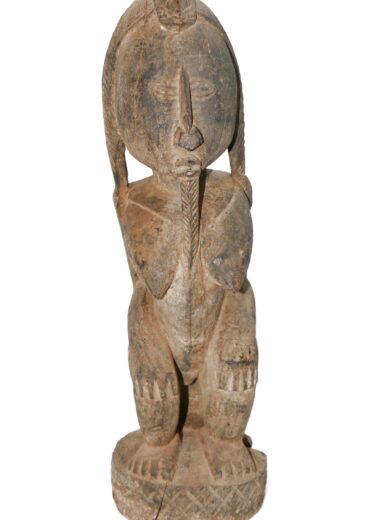
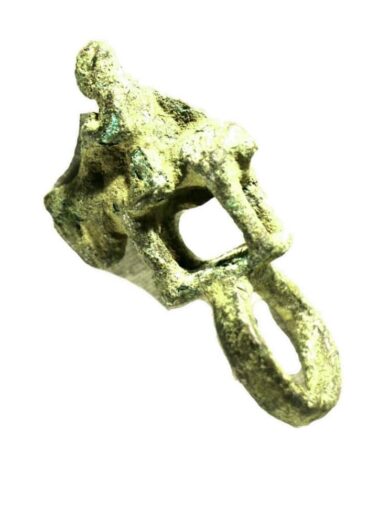
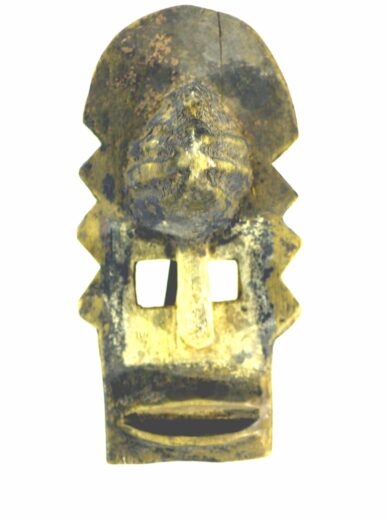
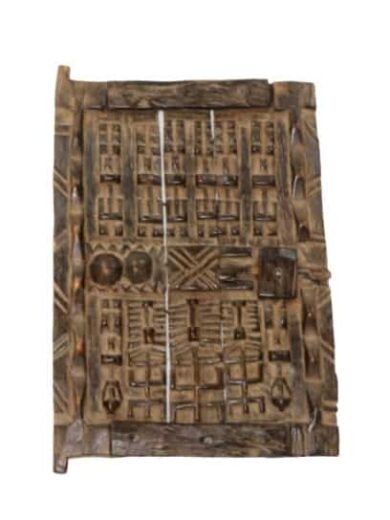

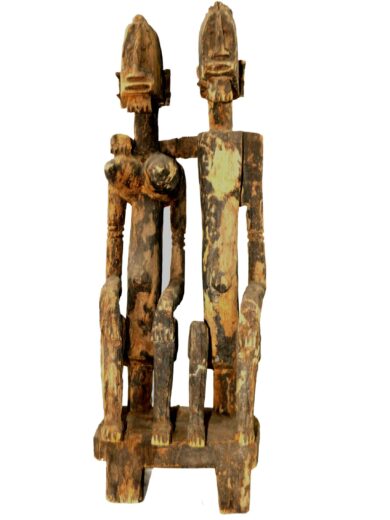
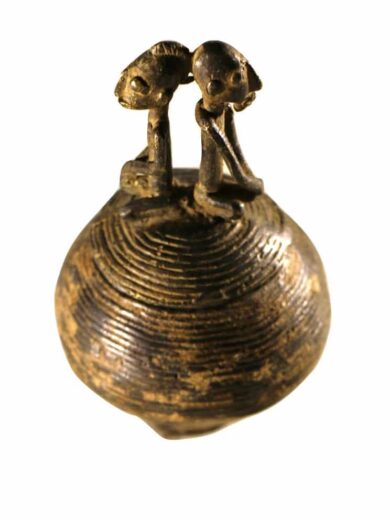
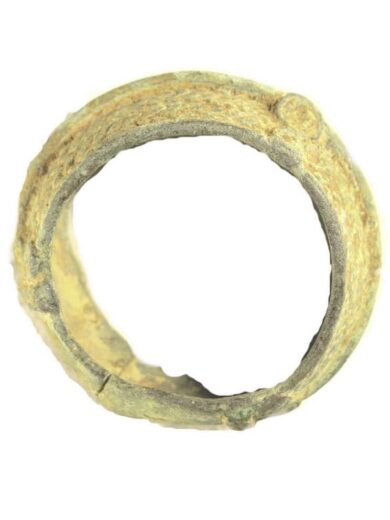
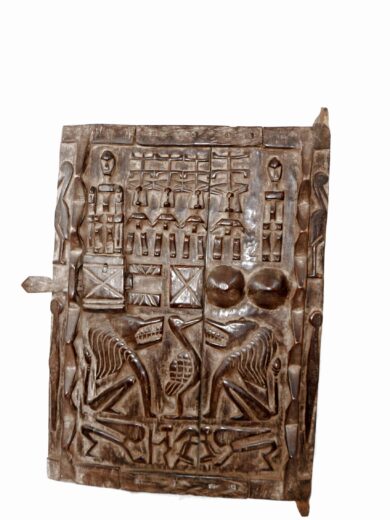

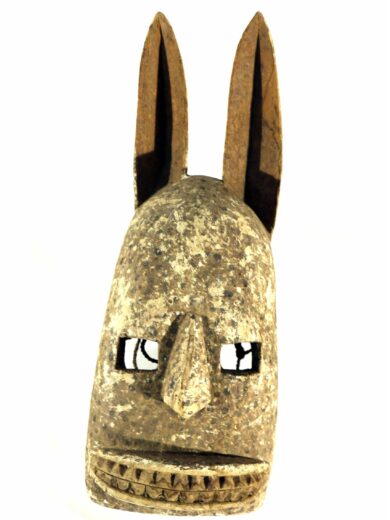
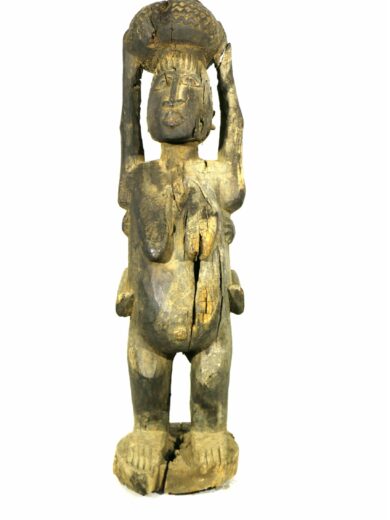

Reviews
There are no reviews yet.